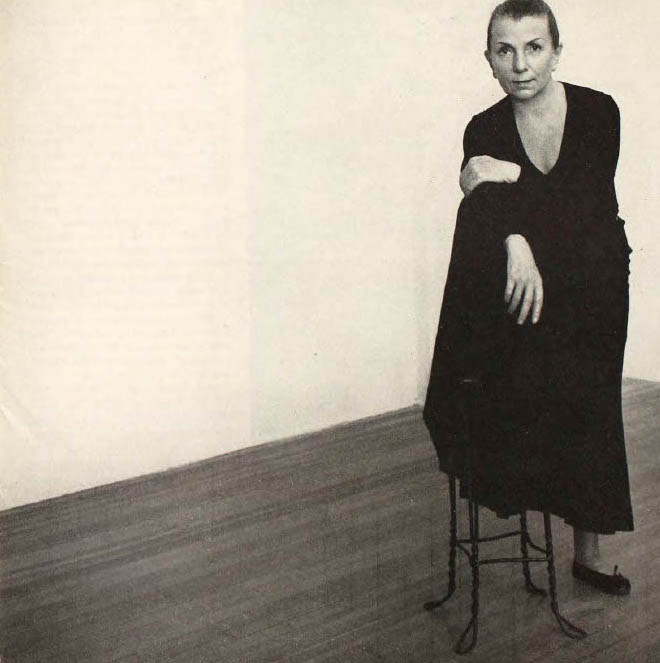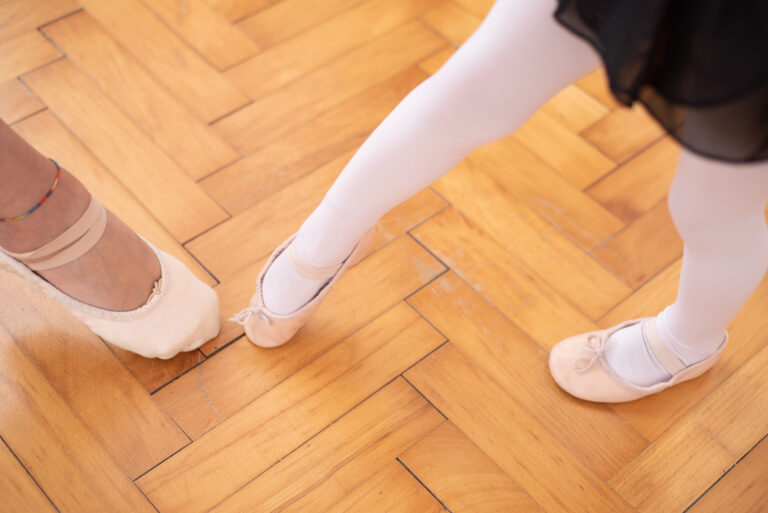
Planks are one of the most popular exercises for core strength, but they’re not just about flat abs. Julie O’Connell, physical therapist and performing arts program manager at Chicago’s Athletico Physical Therapy, says that dancers can use them to maximize their conditioning: Look at the corrections you’re getting in class or the choreography you’re learning and mirror those concepts in your strength work.
Get creative: There are several plank variations below, but the possibilities are limitless. For example, if you have to do a long arabesque balance onstage, you might hold a forearm plank with one leg in a turned-out arabesque to build strength and stamina.
Create a circuit of four variations, or if you’re short on time, sprinkle them throughout your day, says O’Connell. Instead of completing a certain number of reps, work until your body is fatigued. This might mean doing controlled dégagés in a front plank, right side plank, left side plank and reverse plank for 30 seconds each. If you’re not tired, increase the time to 45 seconds for each position on your next round.
How to progress: “Challenge yourself to whatever capacity you’re up for, making sure that you maintain form and function,” says O’Connell, who notes that the exercises can be done in parallel or turnout. Planking on your forearms gives you more stability than straight arms since your body is closer to the floor. When you’re ready, progress to variations that only have two points of contact with the ground, or those that require moving a prop like a physio ball or foam roller.
Keep these form tips in mind throughout any plank circuit:
- Don’t look down or strain your neck. Keep your head in line with your body.
- Engage your shoulder blades and avoid splaying the ribs.
- In side planks, stack your shoulders as well as your hips.
- In reverse planks, engage the glutes and squeeze the shoulder blades.
Three Points of Contact
● Lift and lower one leg at a time.
● Pulse the heel toward the ceiling.

● Translate elements from barre to a plank position. O’Connell recommends a series of dégagés or battements to the side and back, shown here with both legs in turnout, though it can also be done in parallel.

● Draw one leg up into retiré, return and switch legs.
● For more of an upper-body strengthener, keep the legs still as you move from a forearm plank to straight arms and back down, one arm at a time.
● Start in a reverse plank position, using your glutes to lift your body up. Test your stability with a series of front and side dégagés or battements. For another variation, slowly développé side and carry front.

Two Points of Contact
● Lengthen your opposite arm and leg off the ground.

● For more of a challenge, reach the arm and leg on the same side off the ground.
● From a side plank, dégagé or battement front, side and back, with legs in turnout or parallel.

Incorporating Props
● Start in a basic plank with your feet on a physio ball. Slowly draw the knees toward your chest, moving the ball in, then return to straight legs. To strengthen the obliques, pull the knees in on a diagonal.

● Start in a side plank with your bottom arm extended and the top leg placed on a ball slightly in front of you. With control, push down on the ball and use your leg to move the ball forwards and back to the original position.
● Place your forearms on a foam roller and push it several inches away from you, then pull it back in. Start with your knees on the floor for more stability.





